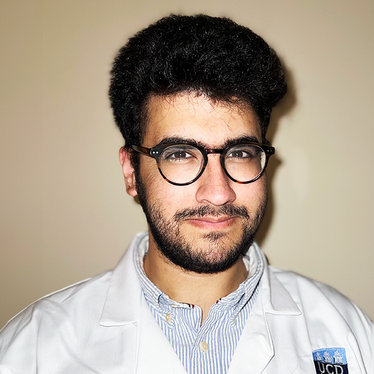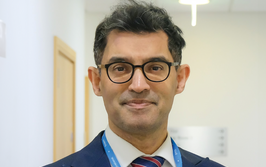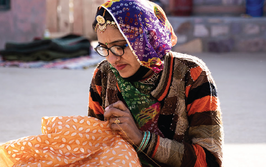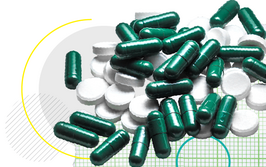AI: Enhancing the Human Touch
The convergence between artificial intelligence and human-based patient care
Mouayad Masalkhi | | 4 min read | Opinion

Mouayad Masalkhi
We stand at the precipice of a revolution – one fuelled not by scalpels or lasers, but by lines of code and algorithms. Chatbots, such as Google’s Gemini and OpenAI’s ChatGPT, are having a profound impact on our approach to diagnosing and treating ocular conditions. I often refer to the story of Alex, a four-year-old boy who began experiencing chronic pain and was later diagnosed with a rare disease known as tethered cord syndrome. His mother, Courtney, said they had consulted 17 doctors but were left frustrated and without answers. And, after three years of appointments, she turned to ChatGPT.
“I went line by line of everything that was in his [MRI notes] and plugged it into ChatGPT,” Courtney said in an interview with Today. “I put the note in there about how he wouldn’t sit crisscross[ed]...To me, that was a huge trigger [that] a structural thing could be wrong.” Among the results on ChatGPT were spina bifida occulta. Following this, Courtney met with a new neurosurgeon who confirmed that her son did have a tethered spinal cord as a result of spina bifida occulta.
Though this wasn’t an ophthalmic revelation, it demonstrates the capacity of these systems to analyze complex data sets through advanced language processing abilities. From interpreting OCT and MRI scans to saving and communicating patient histories, AI models offer a glimpse into a future where the line between technology and humanity in medicine blurs.
In a recent analysis, my team and I identified that Google’s Gemini chatbot was able to provide accurate answers to patient inquiries, attributing logical symptoms to their potential causes. Moreover, Gemini offered valuable insights for communicating medical information, advice, and explaining patient diagnoses. However, issues surrounding the analysis of medical imagery persist. For example, AI can provide sound advice on straightforward queries, but it can fall short in complex, real-world medical scenarios. This is not to undermine AI’s potential but to call for a balanced perspective that recognizes its limitations.
In my view, the ability of AI to augment high-level expertise at speeds and scales unimaginable to the human brain is truly inspiring. However, it cannot replace the subtle art of ophthalmology, the clinical acumen developed over years of practice, the connection that builds trust with patients, nor the ability to make split-second decisions based on subtle diagnostic cues.
Here’s a scenario: a patient comes to your clinic with anxiety written all over their face as they recount their family history of glaucoma, or another describing the subtle changes in their vision that hint at possible diabetic retinopathy. In these moments, AI’s ability to spurt rapid, data-driven insights is invaluable. Yet, it is the human interpretation of these insights and the careful explanation and compassionate counsel that really defines the art of ophthalmology.
I believe the pressing concern here isn’t whether AI will render ophthalmologists obsolete; rather, I’m more concerned with how we can integrate these tools without losing the essence of medical practice. The beauty of medicine lies in its humanity; those moments of connection, empathy, and understanding foster healing – and they are as critical as the diagnosis itself. Of course, further advancements in AI are essential before it can be considered reliable in clinical settings. But perhaps, more importantly, we must redefine the role of AI in healthcare – not as a replacement but as an adjunct that amplifies the capabilities of human practitioners.
Mouayad Masalkhi, Researcher and Ophthalmologist at the University College Dublin, School of Medicine.













